Each miss provides a learning opportunity to analyze what went wrong, and how we can minimize the chances of that occurring again. Often it comes down to human error and the ability to function under pressure. The proper equipment, training and processes can minimize the likelihood that a human error will occur.
A bad wind call is by far the biggest contributor to misses. Wind is a complex subject, half art and half science. However, wind is a very complex subject, so this article will focus on simple mistakes.
Keep reading to learn more, or watch our video series on Youtube!
#5 : Unfriendly Scope Turrets
Windage turrets should be capped or lock into position so they can’t be moved inadvertently. Rifle scabbards used on horses mix with non-locking turrets like oil and water. I recall a heartbreaking story of a client who attended LRU to prepare for his second dall sheep hunt. On his first hunt he missed his only opportunity because his windage turret got spun pulling the rifle out of its scabbard.
Elevation turrets need to have a “zero stop” feature. Most elevation turrets have between 20 and 30 MOA of elevation available on each full revolution. However, it is common for a scope to have 4 or 5 total revolutions of travel. A “zero stop” gives you a fail-safe indexing point on your 100 yard zero. This prevents you from adjusting too far down, while also giving you the means to make sure you begin the correction on the proper revolution.
But, we must use our zero stop correctly. The most common “Oops!” scenario is to prepare for a long shot, let’s say 800 yards. When you dial to 800 yards on a turret you will be approximately ¾ of the way around a full revolution. Now the opportunity goes away and the rifle gets put away WITHOUT returning the turret to its zero stop. Now another opportunity presents itself, a slam dunk at 300 yards. The hunter quickly dials up to 300 yards and sends a shot… and severely misses over the animals back because the rifle is dialed a full revolution (20 to 30 MOA) above the correct setting.
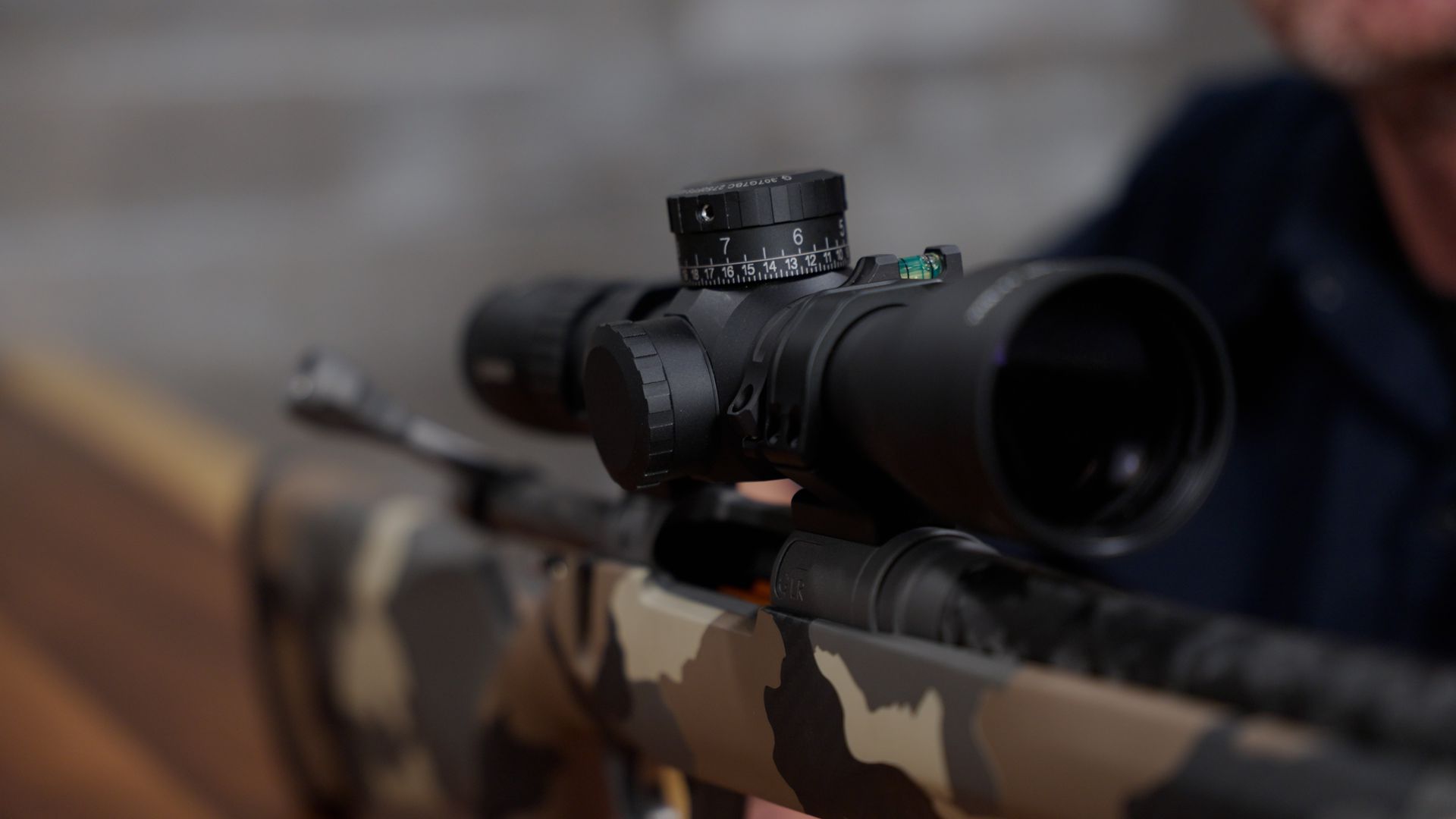
Speaking of turrets, opportunities in the field are often fleeting and time is normally not your friend. Scopes come from the factory with a MOA or a Mil turret, and the shooter has to consult a range card or some sort of ballistic program to determine what setting corresponds to the yardage. When your guide says “It’s 350 yards, hurry up and shoot!”, you don’t want to be consulting a range card, or having to range the animal with your laser rangefinder to get a ballistic solution. A BDC turret (Bullet Drop Compensated) done correctly is set up for a specific bullet, at the velocity it exits from that rifle, with air density similar to the actual conditions, and is calibrated in yards as well as MOA. Simply dial to 350 and shoot.
#4: Misholding the Wind
Reading wind and converting that into a measurable hold is a complex subject and beyond the scope of this article. Despite having a proper wind hold in mind, the simple mistake of holding the wrong direction gives hunters heartbreak every year..
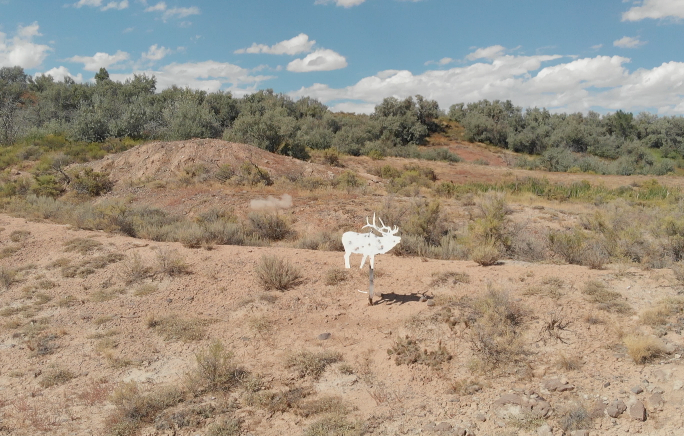
Time is normally not our friend in the field, so we recommend holding wind within the reticle. Holding left or right a measured amount is more intuitive than dialing- the crosshair goes into the wind and the hashmark corresponding to your wind call becomes your “new crosshair”. Holding for wind allows the shooter to compensate for changes in wind speed and direction quickly.
Although this seems pretty obvious, as humans we still have the ability to botch the shot under stress. “Hold right 3 minutes”, means push the crosshairs to the RIGHT of the target and use the proper hash mark on the LEFT side of the crosshair. Under stress it's easy to hear “Hold 3 minutes right” and then use the hash mark to the right of center. You are now holding the wrong direction.
Holding the wrong direction is only one way we can mishold the wind. Second focal plane (SFP) scopes cause a lot of improper wind holds. In a SFP scope, the advertised spacing between the hash marks is only correct when the scope is set at its max power, because the reticle doesn't scale with the image. Seems pretty simple, just always shoot at max power right? The problem is this opens up the potential for more human error and none of us are immune to it. I have a truck gun I affectionately call “Fugly”. “Fugly” used to be a .308 duty rifle in my former life, now she is rebarreled in 6.5 Creedmoor. I have stubbornly held on to the old second focal plane 3-15 scope because of the nostalgia of those many years. My newer FFP scopes are on my real hunting rifles.

This scope on “Fugly” bit me twice last year. I shot a local PRS match and during one stage I kept reducing the magnification to find targets. I dropped a few points because I didn’t power back up to max magnification (under time pressure) and my intended 2 moa wind holds were really 3 or 4 moa wind holds at lower magnification. I then did the same thing on an antelope hunt. I powered down to find him, powered back up to where I liked the field of view and held the first hash mark for 1 MOA of wind. I hit him a further back than I intended. He died, but I was not happy with my shot placement. I looked at my power ring and it was set to 8x not 15x and I realized I held about 2 MOA of wind instead of 1 MOA.
#3: Rifle/Scope Cant
Scope cant is present when the vertical axis of the crosshair is not parallel to the force of gravity. With more cant and the further we are shooting, the more pronounced this error becomes. When no cant is present, the bullet is launched up and in line with the vertical crosshair while gravity pulls it back down in parallel. If “straight down" is not parallel to the vertical crosshair (i.e. cant is present) then the bullet will impact left or right of center. This can appear to be a poor wind call, but may in fact be a result of canting the rifle.
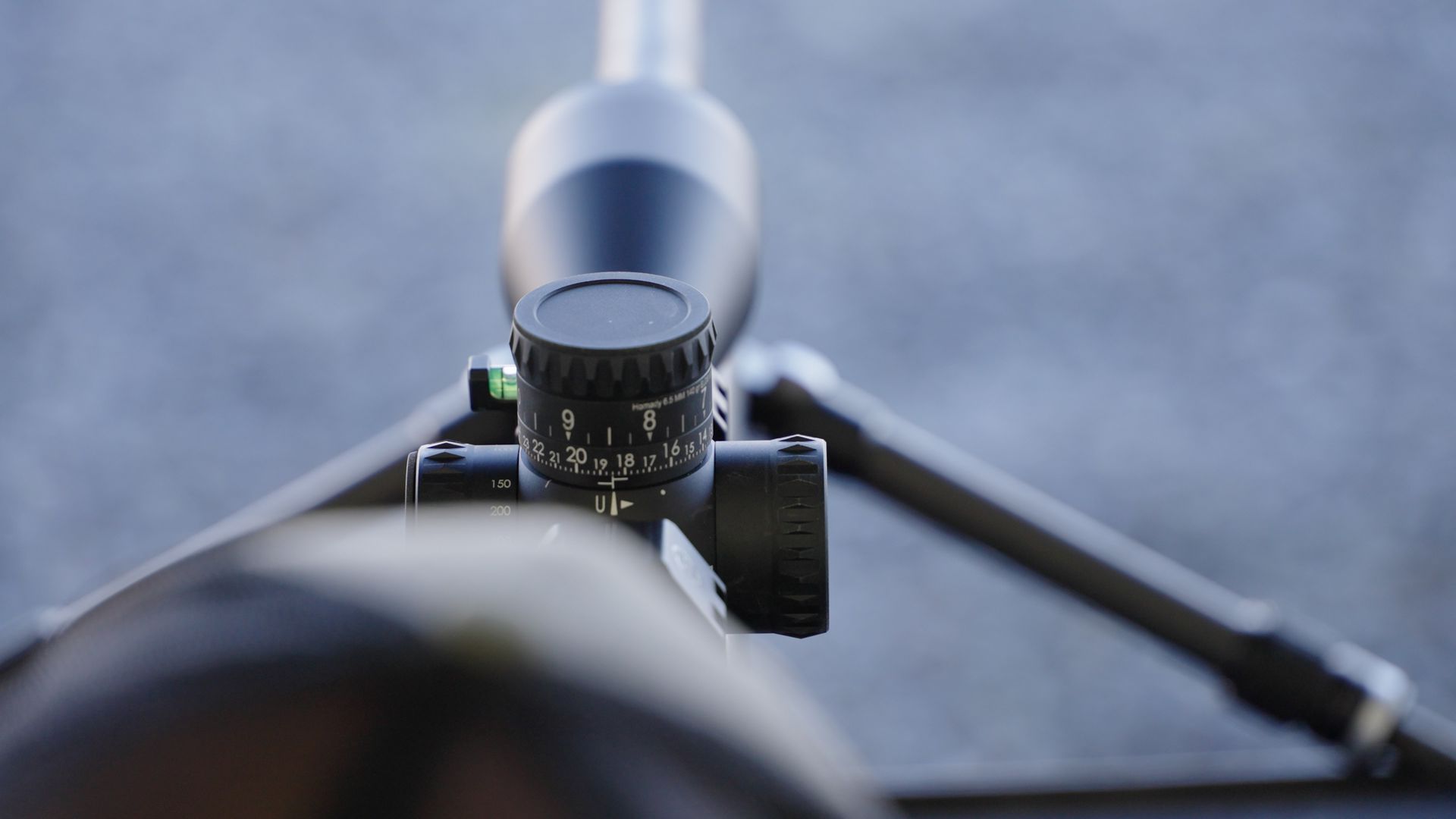
A bubble level is absolutely a critical piece of gear on a long range shooting system to prevent this mistake- if you check it. It is difficult to level a picture on the wall, let alone in the field where nothing is level, so check your bubble level before every shot. If the rifle and scope is rotated clockwise from level, which is very common for a right handed shooter, the bubble will be buried on the left side and the shot will impact to the right. If the rifle is rotated counterclockwise, the bubble will be buried on the right side and the impact will be to the left.
Trust your bubble level and make it a habit to check it for every shot. Even if you are a flatlander…. Use a bubble level for every shot.
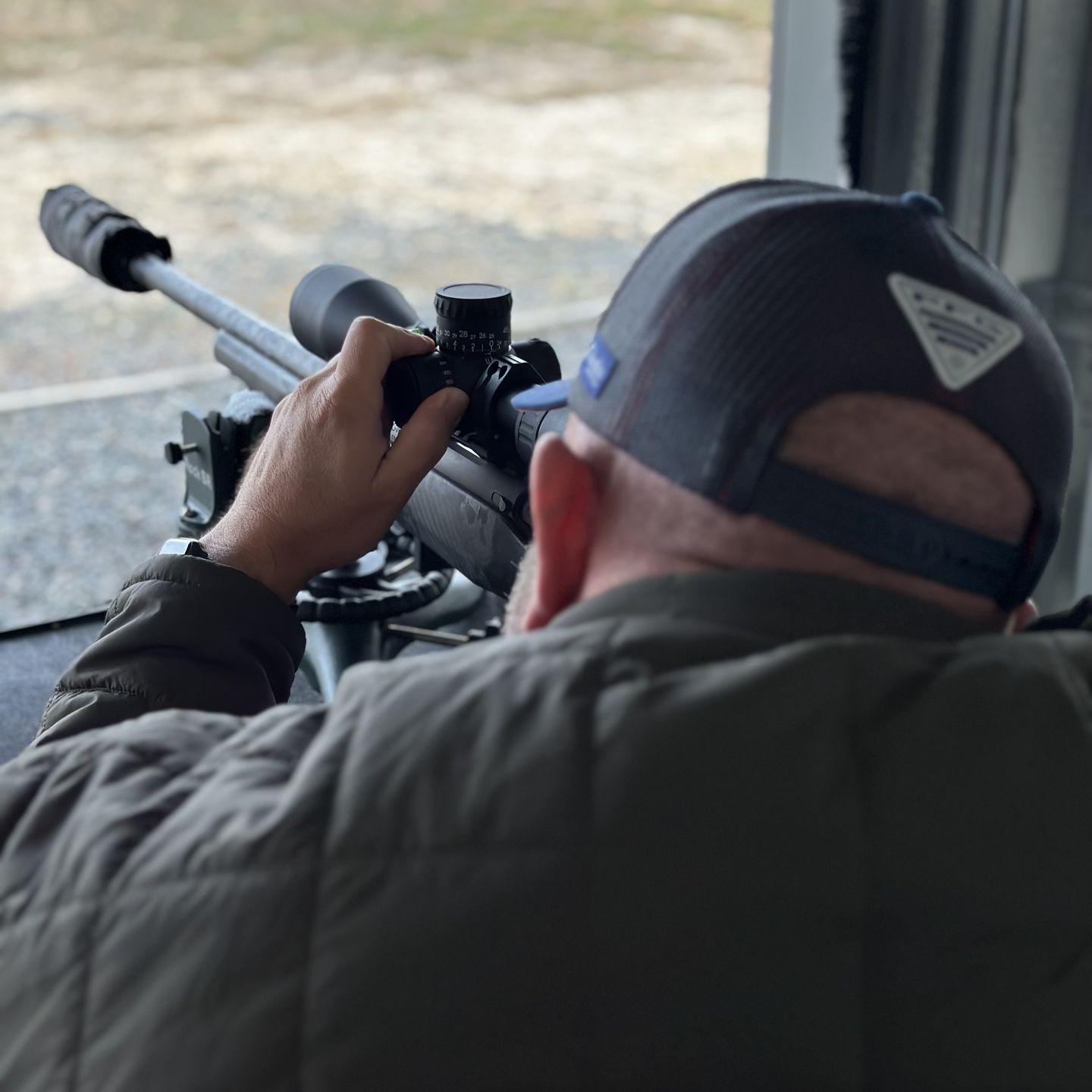
#2: Parallax
Riflescopes are designed with “eye-box” so we can see through it even if our eye is not perfectly centered behind it. If our eye is too far off center all we see is black and as we move our eye closer to center the image comes into view. Riflescopes compensate for our eye being out of center by adjusting parallax.
A parallax free condition is obtained when the image of the reticle and the image of the target are focused on the same plane. A scope can only be completely parallax free for one range at a time and the way we adjust parallax is through the “parallax knob”, or “side focus”. As the name “side focus” implies this knob also allows you to focus the image of the target more clearly. The numbers printed on this knob very loosely correspond to the yardage, and often don’t match a parallax free condition.
How does parallax hurt you? If your eye is out of center when parallax is present, the image reticle will, in reality, not be aligned with the image of the target. You will adjust the rifle to the image of the reticle, thereby aiming the rifle off the true center of your target.
Parallax must be set EVERY time we switch yardlines. Until you learn your scope, it is a two step process.
Step 1: Use the parallax knob to get the target image as clear as possible in the scope, this may be more challenging on days with heavy mirage.
Step 2: Ensure the rifle is completely stable, and then pick a precise point to place your crosshair. Slightly rotate your face away from the stock so you can nod your head slightly up and down without moving the rifle. As you move your eye, watch for the reticle to float up and down across the target. If the reticle is floating around, you have parallax. Make a small adjustment and see if it gets better or worse. Adjust until the reticle and the target stay glued together regardless of where you move your eye. You are now parallax free.
In time you will learn your scope. For example, you might find you are parallax free at 400 yards but parallax knob indicates 800 yards. To get parallax free at 800 yards you are at the infinity marker on the scope. Once you have “learned” your scope you will no longer have to check for parallax you will know where to set it based on the yardage.
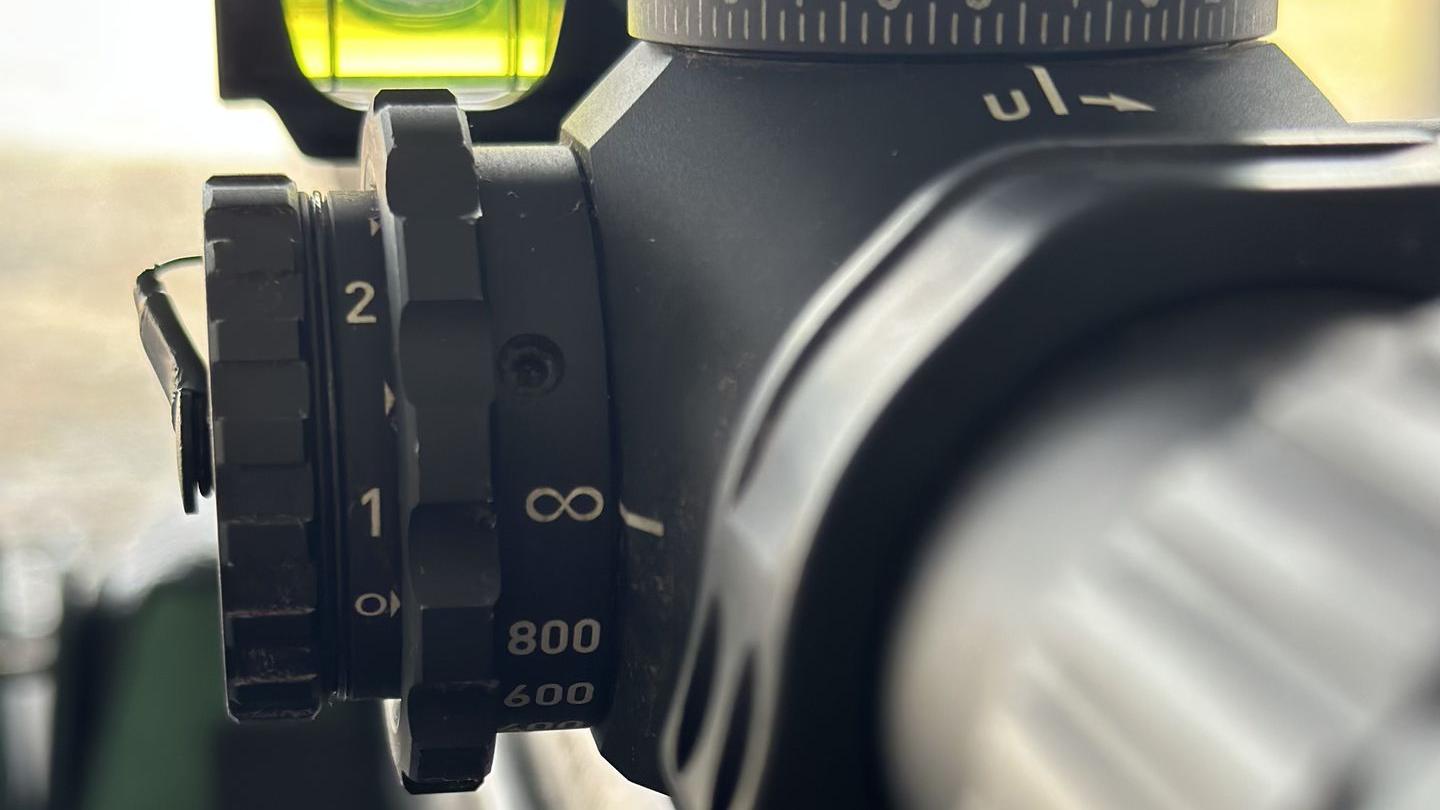
So just how bad can parallax hurt you at 800 or 900 yards? On days with heavy mirage, it can be easy to set the “side focus” off significantly while you try to create a clear image. I often see over a foot of movement in parallax at these distances when trying to focus the image. It is important to develop a consistent stock weld that centers your eye behind the rifle. If you shoot with your eye perfectly centered, there are no issues. If you are inconsistent with your stock weld, your eye will be in a different position and you’ll be literally aiming at different points for each shot. If you have a consistent stock weld and your eye is in the same consistent, out-of-center position, you will shoot a great group, but it will be high or low. You may think your data or your zero is off.
Almost every scope I have used has required constant parallax adjustment. If it is parallax free at 600 yards there can easily be a full MOA of reticle movement at 1000 yards. The Revic RS25i is the most parallax forgiving scope I have used since my Unertl in the Marines. I can set it to be parallax free at 1000 yards and there is no discernable movement of the crosshair from 400 to 1000 yards.
#1: Improper Range
The simplest and easiest mistake that causes a miss is getting the wrong range. There are many ways this can happen and this mistake deserves it's own blog post.
Read more on the next blog post HERE
5 Reasons You Miss